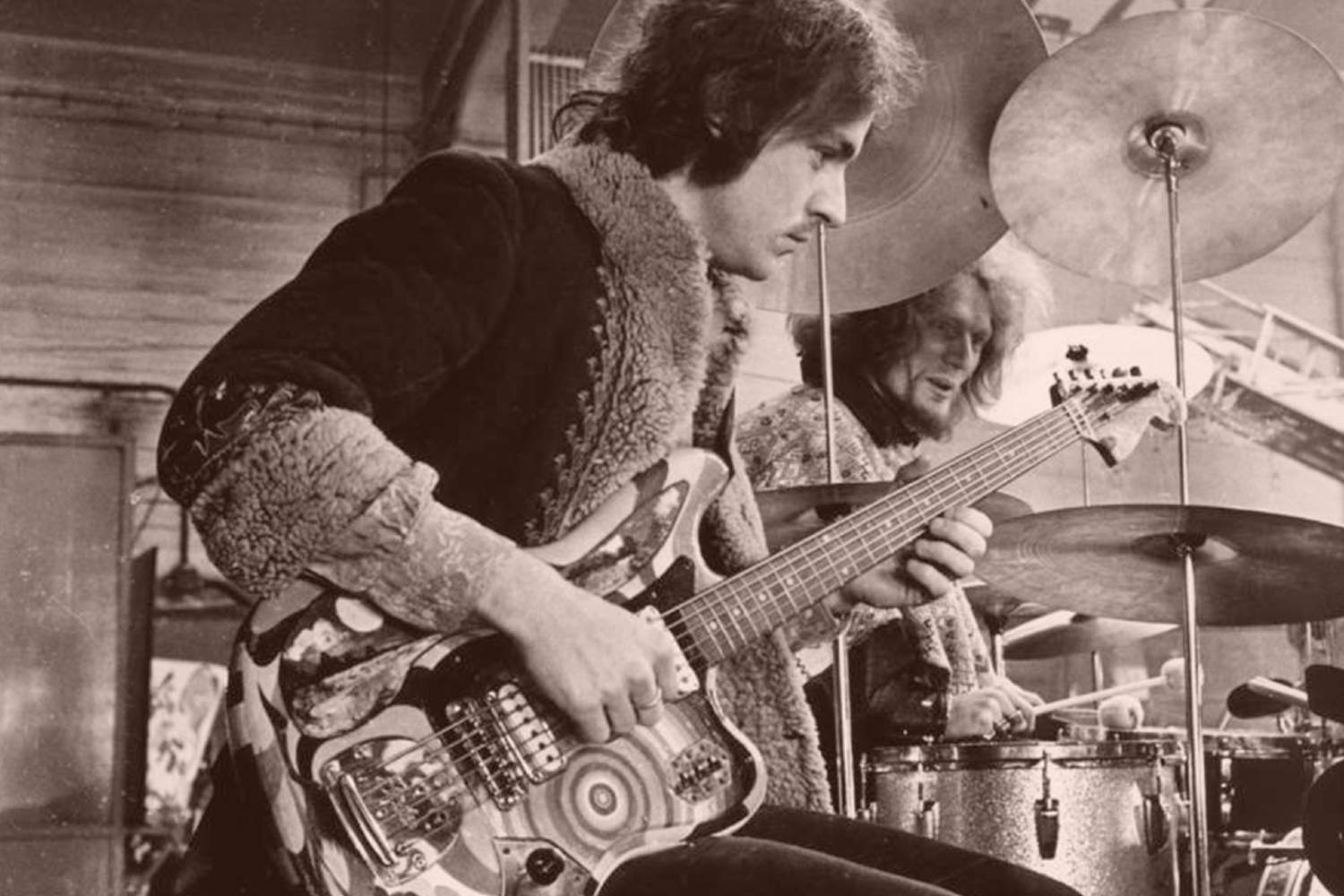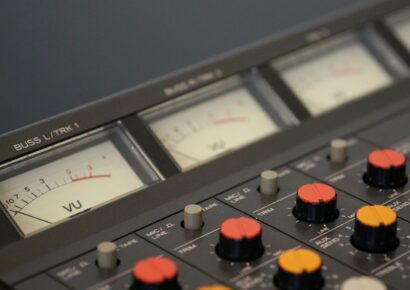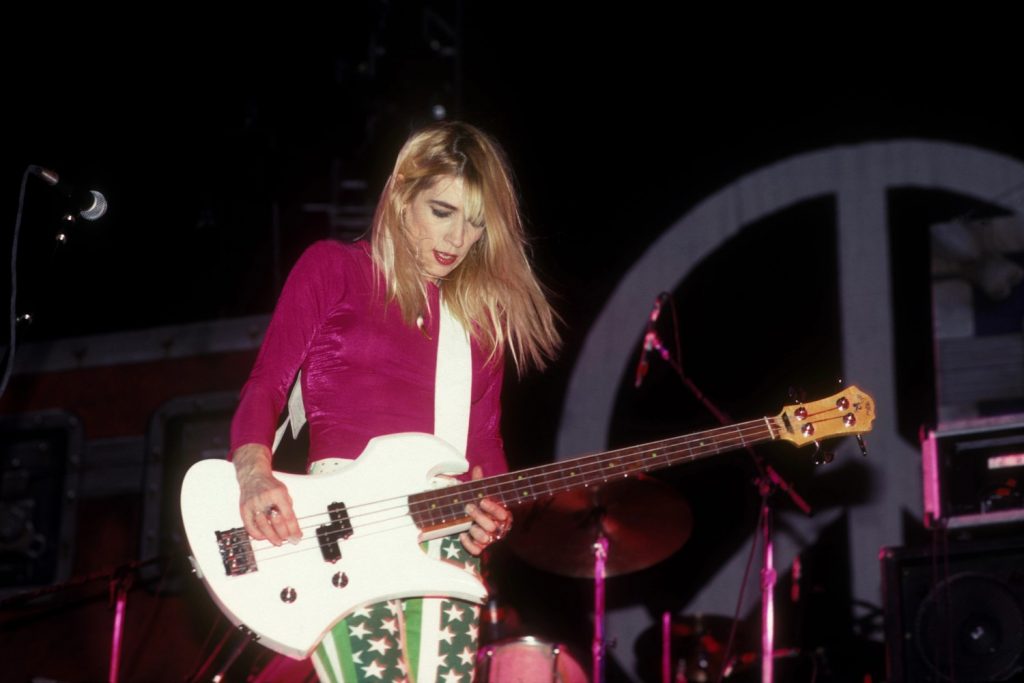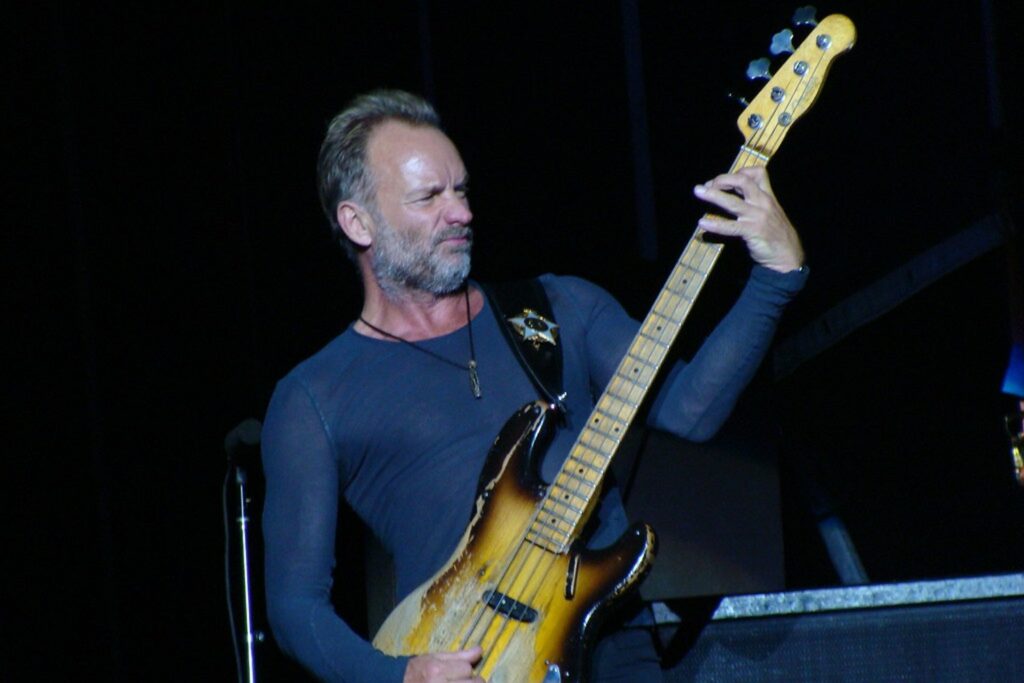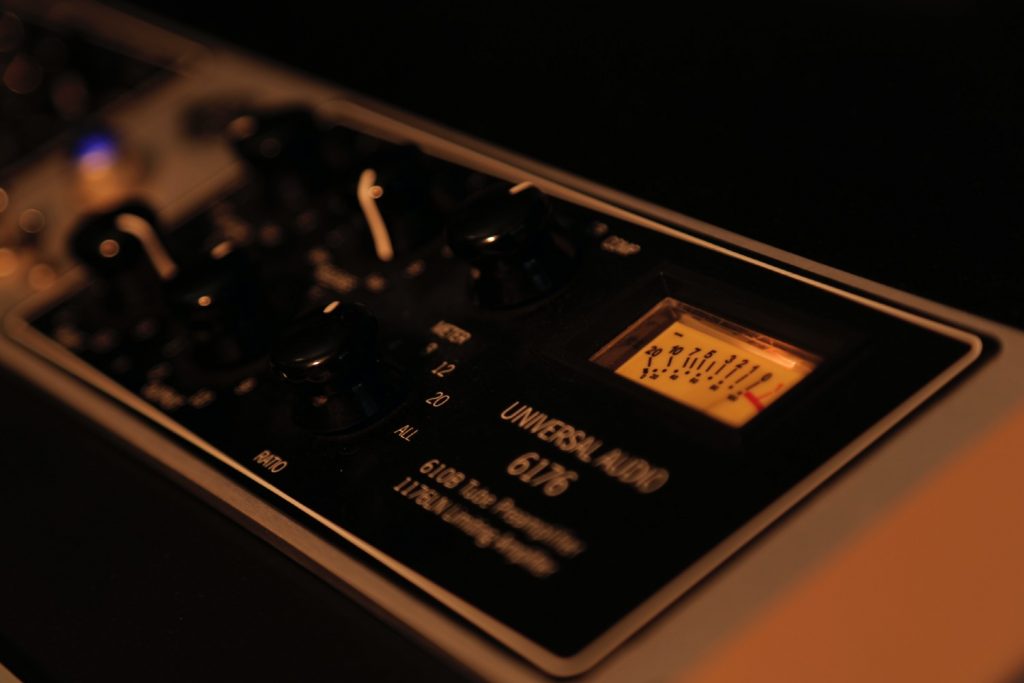The Bass VI is a unique instrument for unique players, so here's six examples of the Bass VI at its peak.
The Fender Bass VI was first released in 1961. Pulling from Fender’s entire range, the it features an offset body, and extended range that places it between a baritone guitar and a bass, tuned an octave below a standard guitar, and an octave above a regular bass. The uniquely playability of the guitar, still being a six string instrument with conventional string spacing make it a unique sound, offering larger than life tones without being as tough to wrangle as an electric bass guitar.
Read all the latest features, columns and more here.
The instrument has had multiple resurgences, finding fame on its release, and a group of artists managing to reinvent it every generation. Let’s dive in to six (VI) Bass VI player throughout the ages!
Jet Harris – The Shadows
Beginning in the 60s, Jet Harris was one of the coolest cats to ever do it. Playing primarily with The Shadows, Harris also moved on to solo work, and covered “Main Title Theme” from the 1955 film The Man With The Golden Arm.
The Bass VI is on show, its unique playability and bottom-heavy tones making for a hugely successful song for Harris.
Wes Montgomery
Wes Montgomery’s entire catalogue is a masterclass in jazz guitar. Featuring a Bass VI solo and an upright solo, Montgomery’s “Body and Soul” highlights the Bass VI heavily.
Still uniquely sounding like Montgomery, he used this unique instrument to create a dark arrangement that makes space for the masterful brush work of his drummer, it being some of the only high frequency information on the recording.
Joe Perry – Aerosmith
Moving through the 70s and 80s, Joe Perry of Aerosmith used a Bass VI to lay down the blistering riff that pushes “Back in the Saddle” forward.
This offers extra percussion, its subtle attack complimenting the drums while its warm, deep bass extension anchors the groove of the song. Joe’s experience in groovy funk and blues playing is on show, even without his trademark Les Paul.
Robert Smith – The Cure
Unique sounds are something that Robert Smith of The Cure has always pursued, making the Bass VI a perfect pairing for him. While traditionally used for bass-esque melodies, Smith instead uses his to slowly strum dreamy, modulating chords in songs like “Pictures of You”.
The weight and unique tone from the Bass VI allows Smith to occupy new sonic territory, leaving space for the bass guitar itself as well as the shimmering sound of The Cure’s lead guitars, the Bass VI having a synth-like quality amongst the otherwise dense arrangement.
Steve Kilbey – The Church
This newfound modulating, strummy technique is used by Steve Kilbey of The Church as well, switching between single notes to bolster the arrangement and loosely playing chords as the song crescendos.
The Church’s use of the Bass VI elevates them, allowing them to shift between traditional band arrangements and their own unique sound with the simple addition of a Fender Bass VI.
Brian Molko and Stefan Olsdal – Placebo
Placebo were a hugely influential band throughout the 90s and 2000s, influencing everyone from every me to every you. Their song “Slave To The Wage” uses a Bass VI with a fuzzy, distorted tone in the hands of Brian Molko.
Brian supports the bass line, filling the mids of the arrangement with the unique sound of the Bass VI. It’s neither bass nor guitar, but something else entirely.
Honourable mentions
Duane Eddy
While not explicitly a Bass VI, Duane Eddy uses a hollow body six-string bass extensively for his own unique sound. The Gretsch Duane Eddy G6120TB-DE is a six-string bass, which features a 30.3” scale length.
Duane’s Gretsch replaced his Danelectro six-string bass, being a far superior build. Duane harnesses percussive and melodic elements for his own, western-influenced brand of country.
Keep reading about the history of the instrument here.
